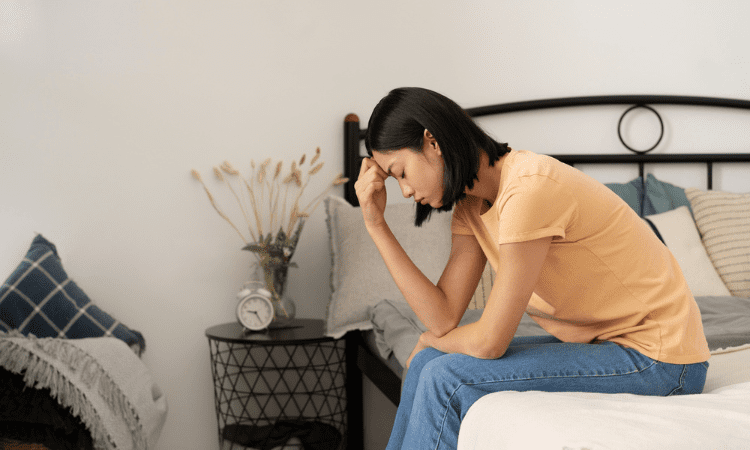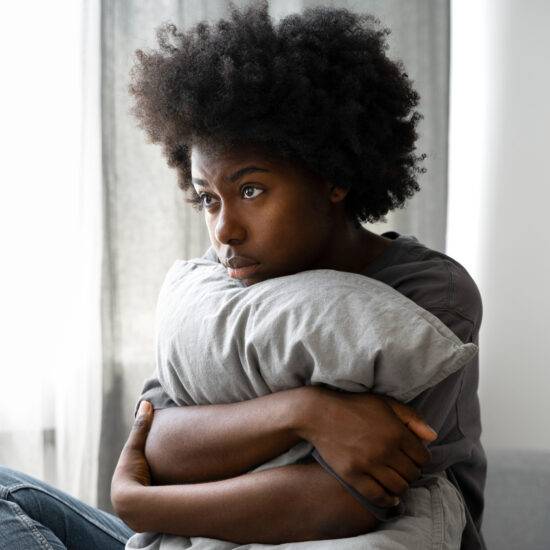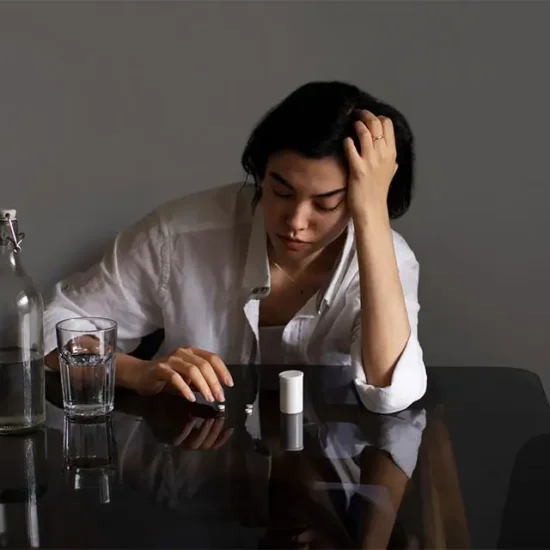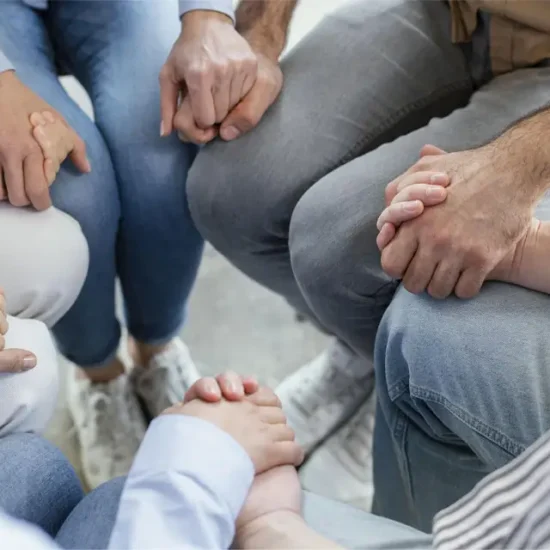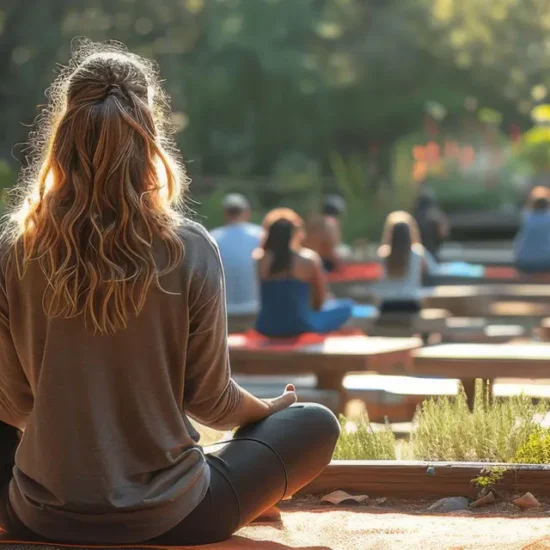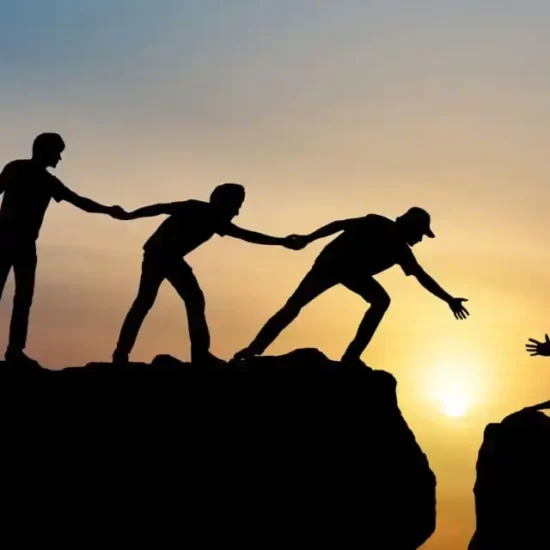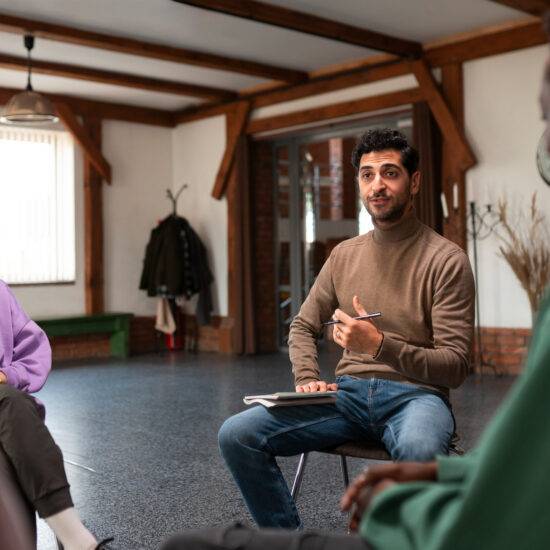Depression is a critical mental health challenge impacting millions of people worldwide. While everyone feels sad sometimes, clinical depression, or major depressive disorder (MDD), is much more intense and long-lasting. It can affect every part of a person’s life, including work, relationships, and even basic daily tasks like taking care of themselves. In severe cases, depression can make simple activities like getting out of bed or taking a shower feel impossible. This extreme form of depression is often called “crippling depression.”
What is crippling depression, and why does it affect daily life so much? In this blog, we’ll look at the symptoms, causes, and treatments for crippling depression, a term used to describe very severe and disabling depression.
What is Crippling Depression?
Crippling depression is a term used to describe severe depression that makes it hard for someone to do even simple daily tasks. Unlike regular depression, which causes emotional pain and difficulty, crippling depression leaves people feeling stuck emotionally, mentally, and physically. Those dealing with it often struggle to keep a job, maintain relationships, or take care of themselves and may pull away from everyday activities altogether.
The main difference between regular depression and crippling depression is how severe the symptoms are. While both can cause sadness, hopelessness, and tiredness, crippling depression makes these feelings much stronger. People may feel so drained that they can’t even leave their homes, leading to isolation and worsening health. Crippling depression makes even small tasks feel overwhelming, trapping people in a cycle of doing nothing and feeling worse.
Why is it Called Crippling Depression?
The term “crippling depression” isn’t a medical diagnosis but a way to describe how severe and disabling the condition can be. Here’s a simpler explanation:
- The word “crippling” is often used for physical disabilities that limit movement.
- In the same way, crippling depression limits a person’s ability to live their daily life, though it affects the mind rather than the body.
To explain further:
- Imagine someone with a broken leg who can’t walk without help. Crippling depression works similarly, but instead of the body, it affects the mind.
- Just like a broken leg might stop someone from leaving their home, crippling depression can make getting out of bed, socializing, or doing simple tasks like eating and bathing feel impossible.
The term “crippling” shows how deeply this condition impacts daily life. It is also known as debilitating depression. People with crippling depression often feel like a burden and struggle with guilt, shame, and feelings of inadequacy.
Crippling Depression Symptoms
What is crippling depression without a clear understanding of its symptoms? People suffering from this severe form of depression often experience a range of psychological, emotional, and physical symptoms. These include:
- Persistent feelings of sadness, hopelessness, or emptiness: Individuals may feel emotionally numb, with no ability to find joy in activities that once brought pleasure.
- Extreme fatigue: Simple tasks like getting out of bed or showering can feel impossible due to overwhelming exhaustion.
- Social withdrawal: People with crippling depression often isolate themselves from friends, family, and coworkers, avoiding social interaction altogether.
- Impaired decision-making and concentration: Depression can cloud judgment, making it difficult to make even small decisions or focus on tasks.
- Irritability and agitation: Those with crippling depression may become easily frustrated and lose patience quickly.
- Self-esteem issues: Constant feelings of worthlessness and guilt can exacerbate the condition, leading to a belief that one is a burden to others.
- Physical symptoms: These may include headaches, digestive problems, and unexplained body pains, further contributing to a lack of motivation and energy.
- Sleep disturbances: Insomnia or sleeping excessively are common in crippling depression, affecting both mental and physical health.
- Appetite changes: People may lose their appetite completely or engage in emotional eating, leading to weight fluctuations.
These symptoms create a cycle of dysfunction. The lack of energy and motivation prevents people from taking steps to improve their condition, which in turn deepens their depression.
How to Deal with Crippling Depression
Dealing with crippling depression involves using both short-term and long-term strategies to manage symptoms and work toward feeling better. While self-care and lifestyle changes can help, it’s important to know when you need professional support. Here are some ways to cope with crippling depression:
- Seek Support from Friends and Family: Talk to trusted friends or family about what you’re going through. Their emotional support can help you feel less alone. Staying connected with others is important because isolation can make depression worse.
- Build a Structured Routine: Creating a simple daily routine can give you a sense of control. Start small, like making your bed or taking a short walk, and add more activities as you feel able.
- Self-Care Practices: Exercise, mindfulness, and good sleep are key for mental health. Even light activities like walking can boost your mood, and mindfulness techniques like meditation or deep breathing can help keep you calm and focused.
- Limit Social Media: Too much time on social media can increase feelings of loneliness or inadequacy. Taking breaks lets you focus on real-life connections and self-care.
- Recognize When Self-Management Isn’t Enough: Crippling depression is serious, and sometimes you need professional help. Don’t hesitate to reach out to a therapist or doctor if things feel too hard to handle on your own.
Treatment Methods for Crippling Depression
When asking, what is crippling depression and how is it treated, it’s important to recognize that no two cases are the same. Treatment plans need to be customized to fit each person’s unique needs. Common treatment options include:
-
Therapy:
- Cognitive Behavioral Therapy (CBT): This is one of the most widely used treatments for depression. CBT helps individuals identify and change negative thought patterns that contribute to their depression.
- Interpersonal Therapy (IPT): This type of therapy focuses on improving relationships and social functioning to alleviate depressive symptoms.
- Problem-Solving Therapy: Provides individuals with practical tools to handle the challenges they face, such as decision-making and conflict resolution.
-
Medication:
- Antidepressants: SSRIs (Selective Serotonin Reuptake Inhibitors) and SNRIs (Serotonin and Norepinephrine Reuptake Inhibitors) are the most commonly prescribed medications for depression. They help regulate mood by balancing neurotransmitters in the brain.
- Alternative Medications: For individuals who do not respond to standard antidepressants, options like tricyclic antidepressants or atypical antidepressants may be considered.
- Alternative Therapies: For some, treatments such as art therapy, music therapy, or mindfulness-based cognitive therapy (MBCT) offer additional ways to cope with depression. These can help express feelings and develop new ways to cope.
- Electroconvulsive Therapy (ECT): In severe cases of depression, ECT uses electrical stimulation on the brain while the patient is asleep. Although ECT had a controversial past, today it is safe and works well for many.
- Ketamine-Infusion Therapy: This newer treatment is used for people who don’t respond to other depression treatments. Esketamine, a form of ketamine, is available as a nasal spray (Spravato) for fast relief in medical settings.
- Lifestyle Changes: Eating healthy, exercising, and managing stress are important for handling depression. Good nutrition boosts mood, and regular exercise helps control stress levels.
FAQs
Q: What defines crippling depression?
A: Severe depression is a type of depression that makes it very hard for someone to live their normal life. Common signs include constant sadness, feeling hopeless, being easily irritated, losing interest in things you used to enjoy, feeling very tired, and sometimes having thoughts of death or suicide.
Q: What are the signs that I might have crippling depression?
A: If you feel extremely hopeless, tired, unmotivated, easily irritated, lose interest in things you used to enjoy, or have thoughts of death or hurting yourself, you might have severe depression. It’s important to talk to a doctor or mental health professional to get the right help.
Q: Is it appropriate to use the term ‘crippling depression’?
A: People often say “crippling depression” to describe how serious their depression feels, this term can offend those with physical disabilities. It can make their experiences seem less important and support unfair attitudes towards disabilities. It’s better to use terms like “severe depression” or “debilitating depression” because they are more respectful and inclusive.
Conclusion
Crippling depression is a very severe form of depression that makes it hard for a person to go about their daily life. Understanding what is crippling depression is crucial for recognizing the signs and seeking the appropriate treatment. There are many ways to treat it, like therapy, medication, lifestyle changes, or other methods. Healing is achievable, and no one needs to go through it alone. For anyone facing crippling depression, contact a healthcare professional—help and hope are available.
At BHouses, we encourage you to seek understanding and support for crippling depression. Connect with us, share your experiences, and discover resources to help you or someone you love.
